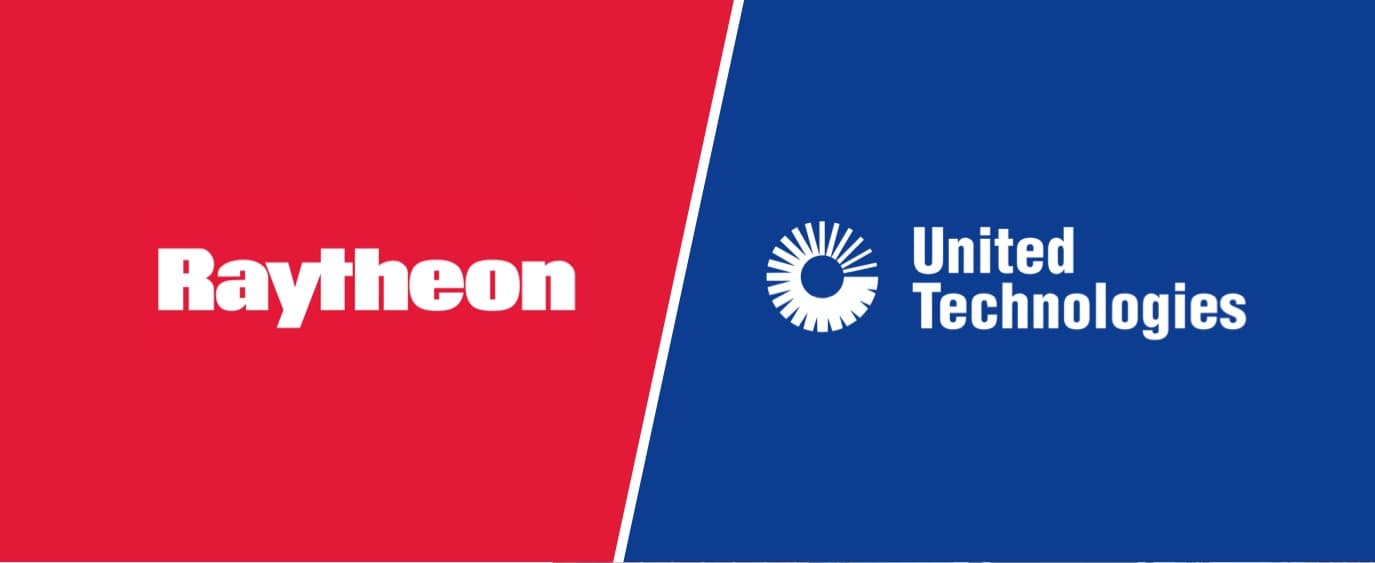Jun 11, 2019
What a Raytheon/United Technologies Merger Means
The combined company could become a new defense giant.

In this article:
The aerospace and defense industry may be getting a big shakeup soon.
On Monday, defense companies Raytheon and United Technologies announced their intention to merge, in a deal that could create a $100 billion company, according to reports. The combined business potentially would be an aerospace and defense industry giant, nearly rivaling Boeing for market cap.
The defense industry has undergone significant consolidation in the past few years, as companies have acquired one another in an effort to cut production costs as competition for defense contracts has gotten more intense, according to reports.
More about the proposed merger
The combined company will be called Raytheon Technologies, according to reports.
The new company could have $74 billion in sales. (Boeing has annual sales of approximately $100 billion for its 2018 fiscal year.)
The companies have emphasized that their businesses do not overlap. That’s important as various federal agencies, such as the Department of Justice and Federal Trade Commission, review the potential merger for monopoly concerns.
Raytheon emphasized in a press release that the merger would free up cash for research into a new aerospace and defense products.
Among current products, United Technologies produces engines for the F-35 fighter jet; Raytheon produces the Patriot missile.
President Trump has reportedly expressed concerns that the merger could make the defense industry less competitive, and could make federal contracting negotiations more difficult.
The deal is expected to be completed by the first half of 2020, according to sources.
More about the defense industry
The aerospace and defense industry is made up of companies that produce aircraft and spacecraft for both military and civilian use. It also includes manufacturers of military equipment, vehicles, and weapons, such as missiles and bombs.
It does not include companies that manufacture or sell guns and ammunition for hunting and recreational use. It also excludes companies engaging in non-aviation related commercial services at airports, like restaurants and shops.
The industry employs tens of millions of U.S. workers and drives billions of dollars in revenue every year. Approximately 16% of the federal budget, or more than $600 billion, goes directly toward defense and homeland security-related activities. Most, if not all of that money ends up going to companies in the defense industry.
In 2016, the sector employed 2.4 million people in the U.S. and generated $872 billion in sales.
Though there are hundreds of active firms, some of the sector’s largest companies include Boeing, Lockheed Martin, and Northrop Grumman.

Investing made easy.
Start today with any dollar amount.
Related articles

financial-news
Apr 07, 2025
Investing During Volatile Times

financial-news
Apr 03, 2025
How to Stay the Course Through Tariffs and Turbulence

financial-news
May 15, 2024
Rebirth of the meme stock craze? 5 brutally honest reasons why you shouldn’t be buying, despite the hype

budgeting
Jan 09, 2024
9 ways to celebrate financial wellness month

financial-news
Nov 09, 2023
What is a Recession?

financial-news
May 15, 2023
The Stash Way: Invest Regularly
By using this website you agree to our Terms of Use and Privacy Policy. To begin investing on Stash, you must be approved from an account verification perspective and open a brokerage account.
